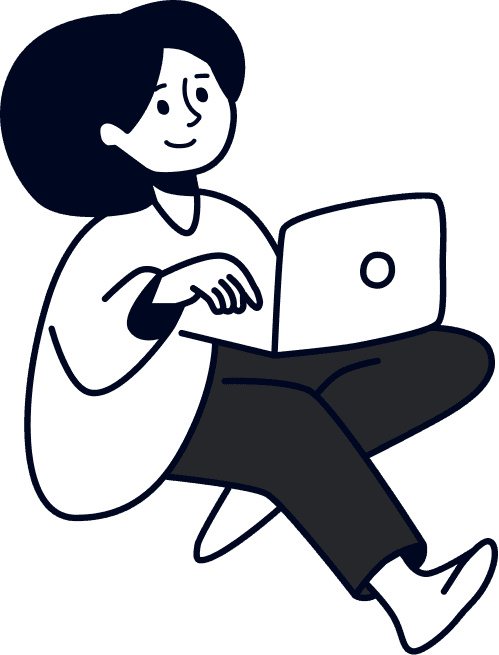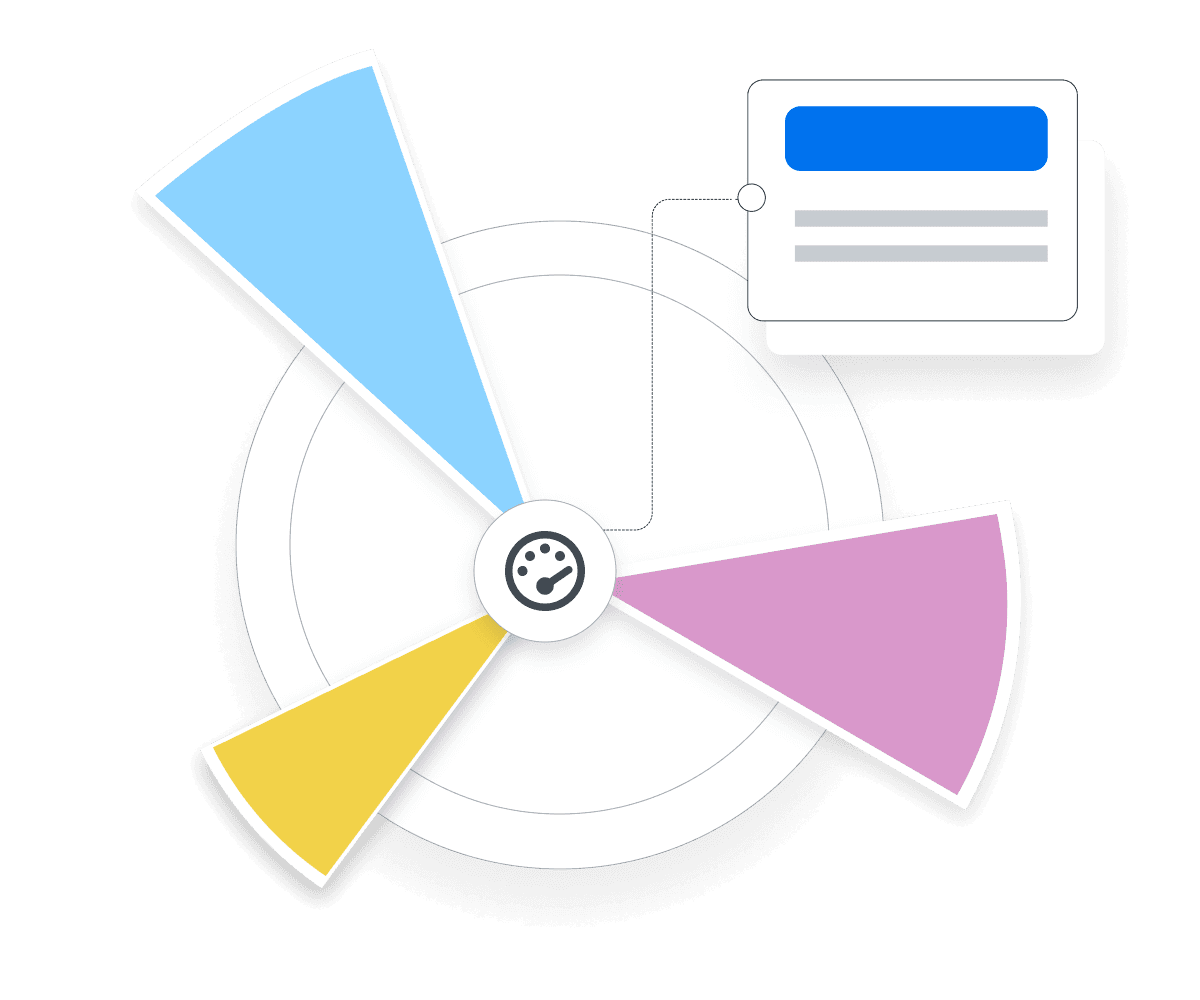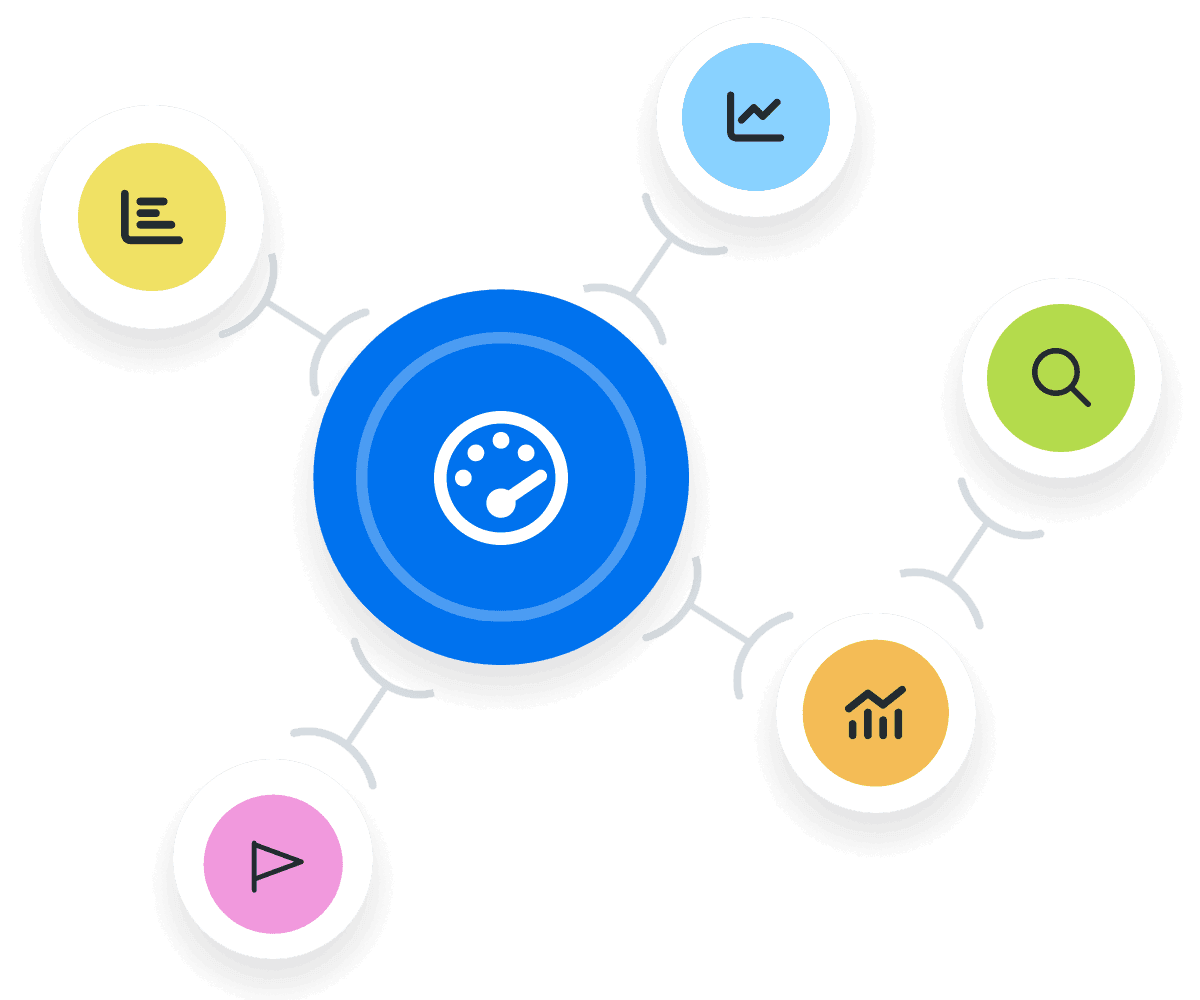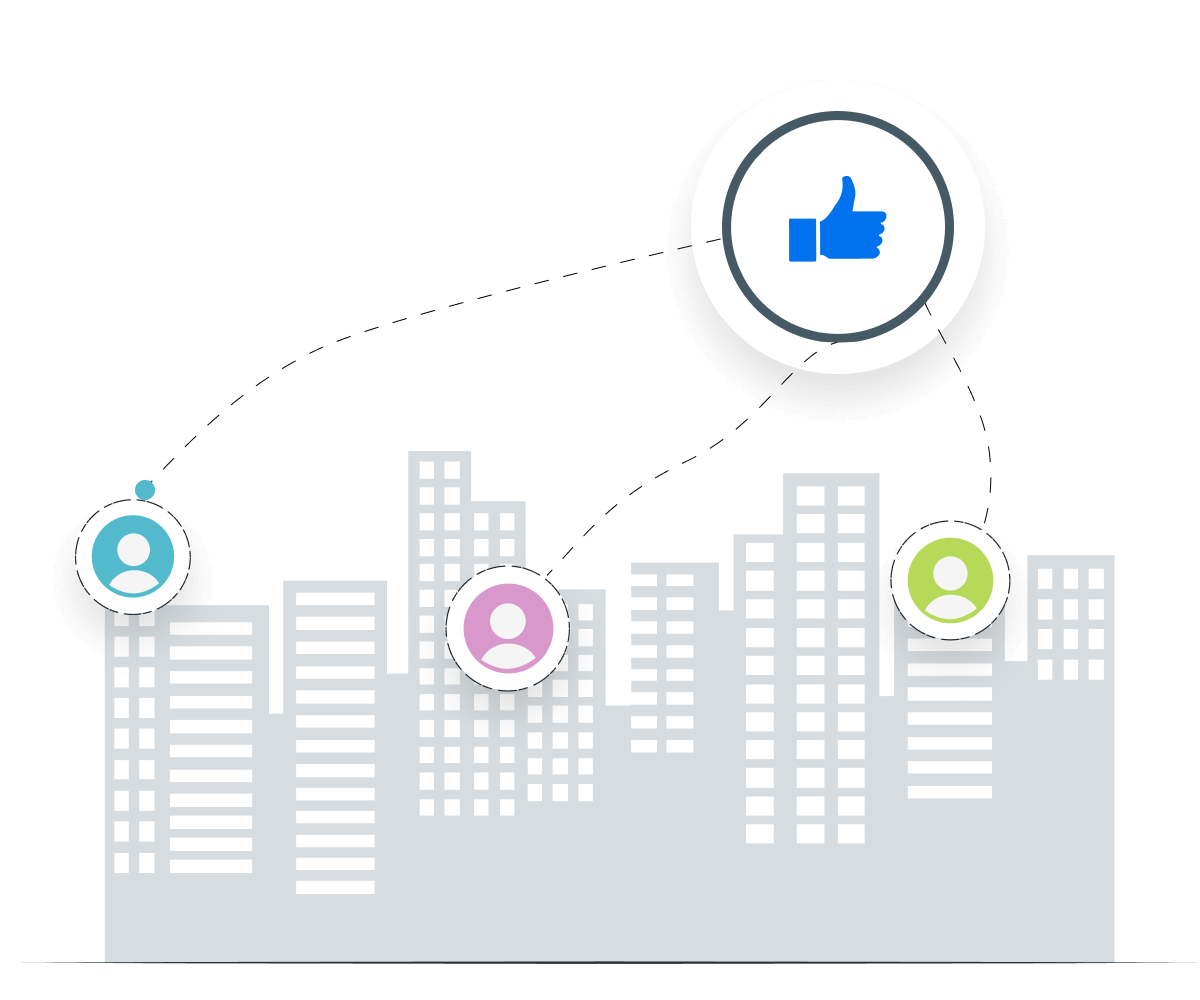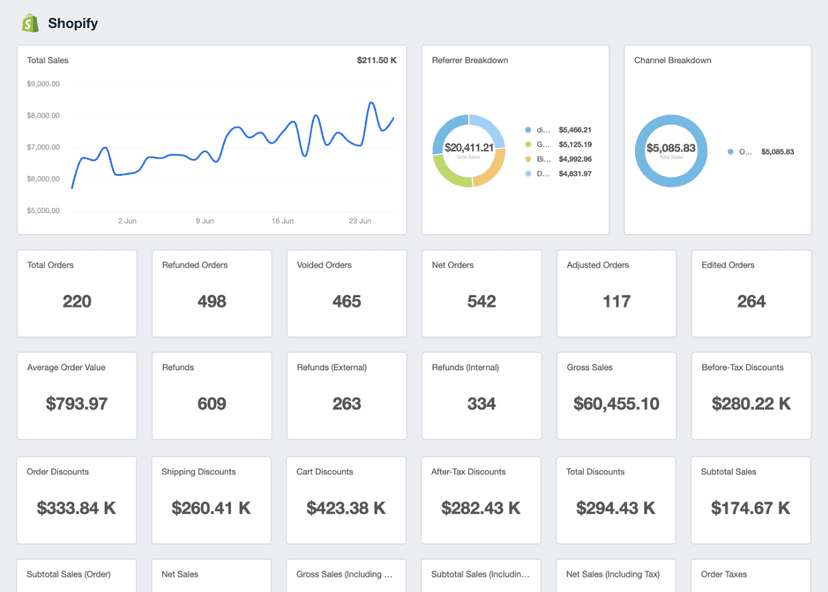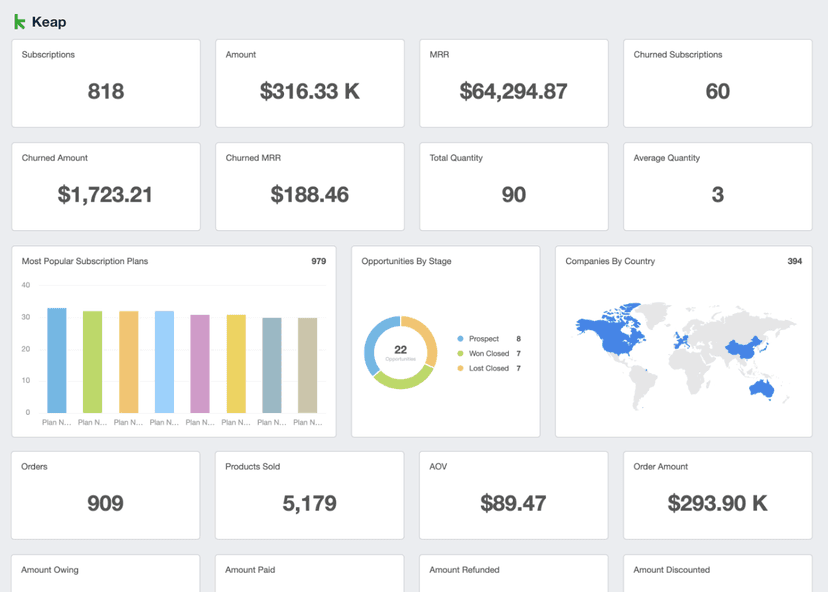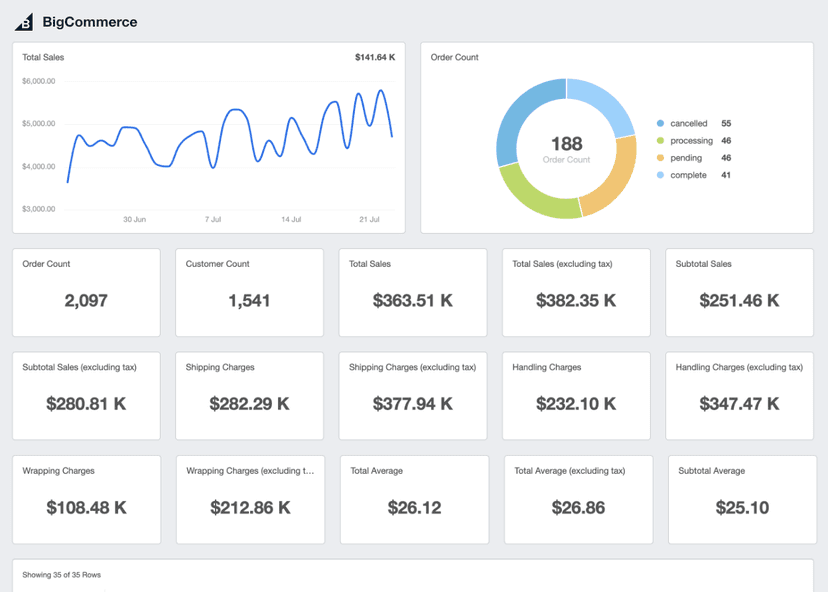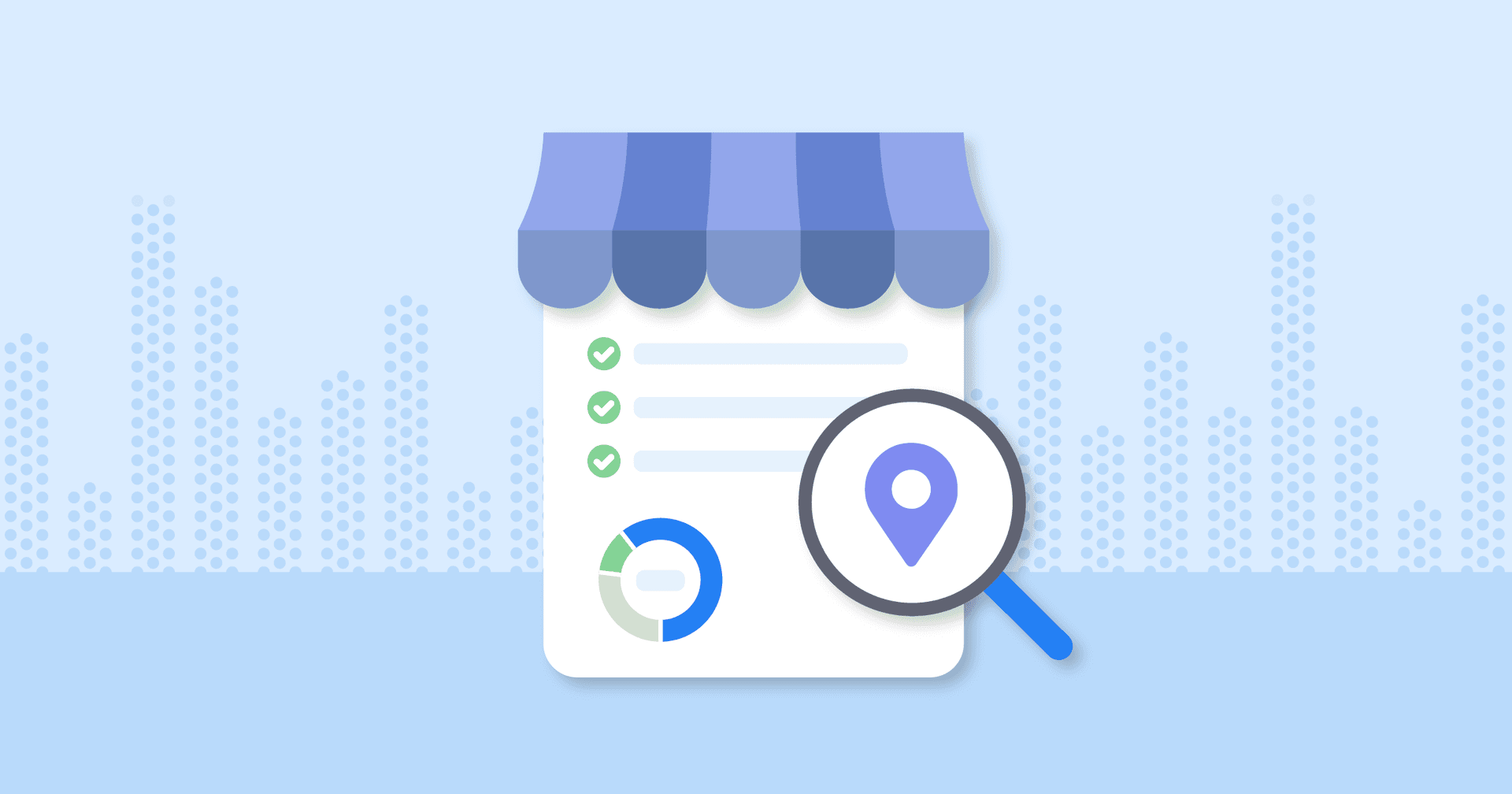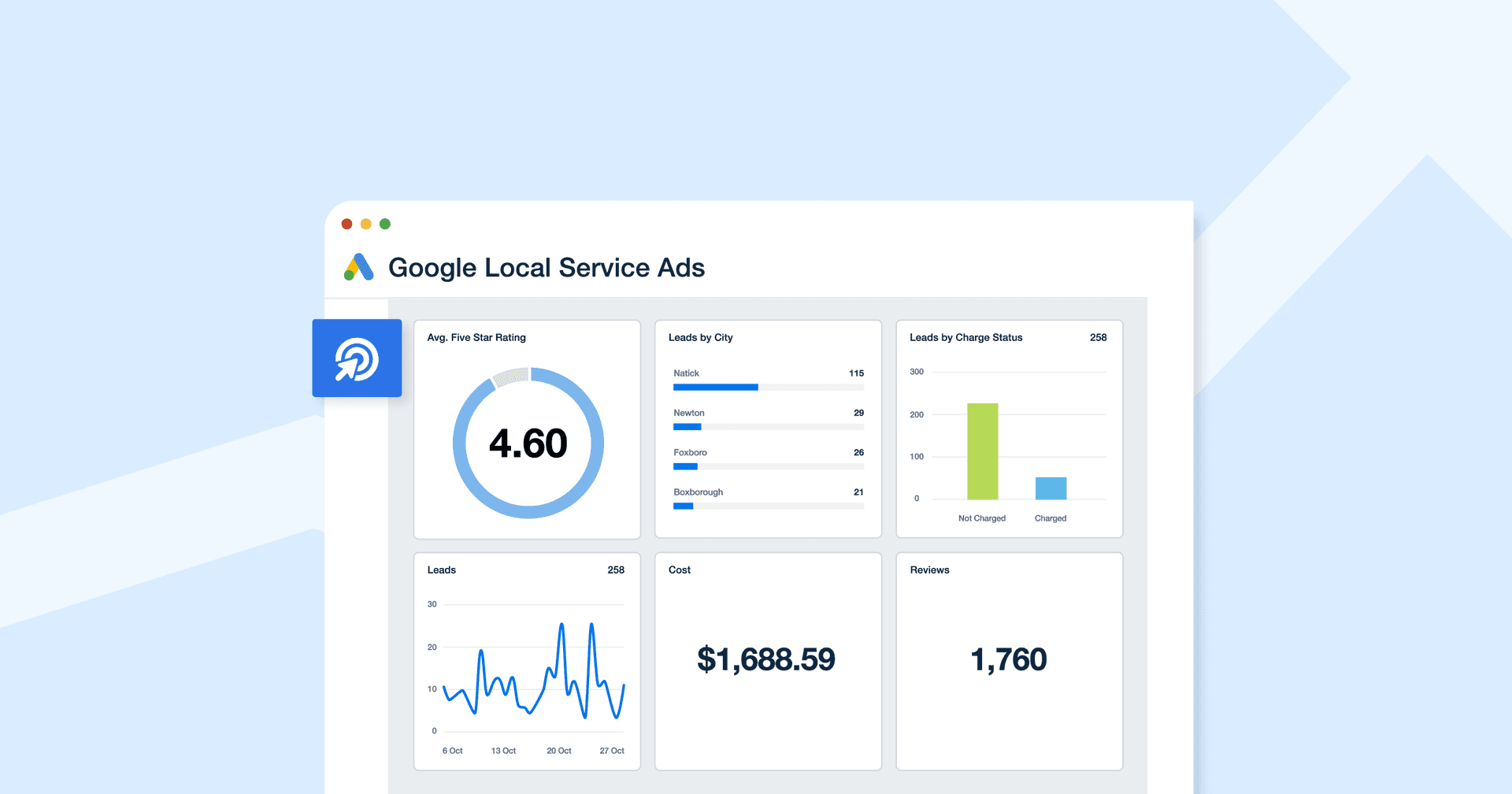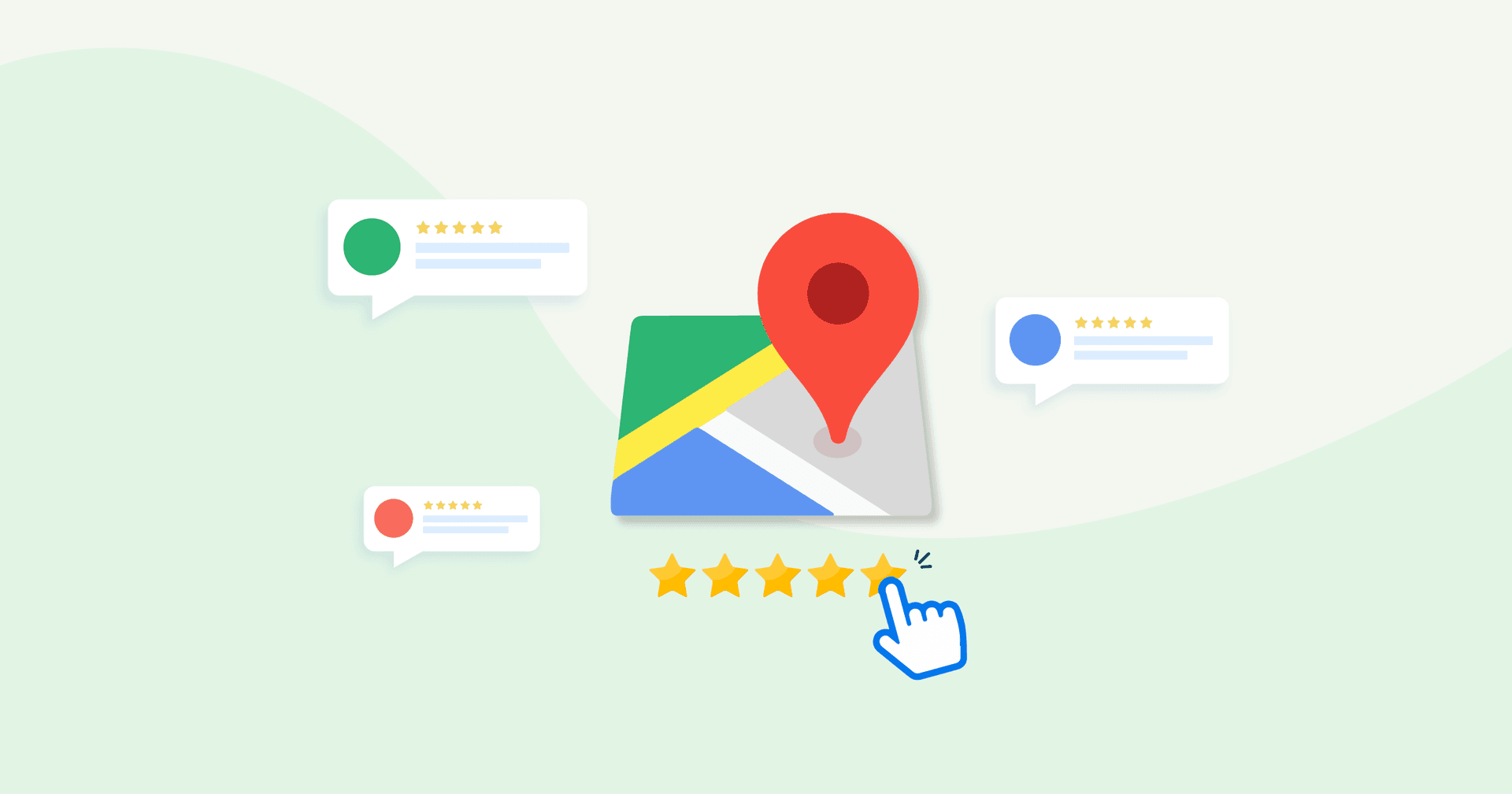Foot Traffic
Local Campaign Optimization
Measure the impact of local SEO, advertising, or events on store visits.
Better Sales Forecasting
Predict potential sales based on Foot Traffic and shopping behavior.
Customer Flow Patterns
Analyze peak hours and determine top offerings based on traffic trends.
Cross-Channel Impact Analysis
Assess whether digital campaigns influence visits to physical businesses.
Why Foot Traffic Is Important
Foot Traffic is a vital metric for physical businesses, particularly those in retail, hospitality, and professional services. For example, a retail store with high Foot Traffic is more likely to achieve higher revenue, attract impulse purchases, and welcome repeat customers. Additionally, tracking Foot Traffic patterns helps businesses identify peak times and the most popular products or services.
Plus, Foot Traffic data is useful for evaluating the effectiveness of marketing campaigns. For instance, if in-person visits are marginal after a recent campaign, it may mean improvements are needed. This could involve including a wider product assortment in online catalogs.
Alternatively, it might be beneficial to invest in a strong social media presence (especially for small businesses that are building a customer base).
Stop Wasting Time on Manual Reports... Get Insights Faster With AgencyAnalytics
How Foot Traffic Relates To Other KPIs
Foot Traffic is a key metric that intersects with other metrics, painting a full picture of business performance. For most retailers, there’s an obvious correlation between Foot Traffic and sales. In-person traffic often translates to more revenue, as there’s an opportunity to physically interact with products or chat about services.
Observing customer movement could reveal popular products and an opportunity to enhance in-store layouts. Monitoring how quickly products move with increased Foot Traffic also helps optimize stock levels and inventory management.
That said, Foot Traffic alone doesn't guarantee sales. For example, high Foot Traffic and a low Conversion Rate may indicate that improvements are needed (e.g., offering a better product selection or deciding on more competitive pricing). Tracking Average Order Value (AOV) also shows whether large crowds translate into higher spending.
To summarize, high Foot Traffic alone doesn’t always mean success–it’s important to monitor how well it translates into tangible results.
KPIs are important to clients because they want to understand how much they are spending, what they are spending it on and most importantly, what is the return on their spend. They also want to be able to measure the progress of the marketing campaigns month over month.
How To Measure Foot Traffic
Foot Traffic is simply the number of people entering a location over a specified period.
This metric could be determined through various methods, such as manual counting, using infrared sensors, or CCTV video analytics. Automated methods–like turnstiles, people-counting devices, or Wifi network signals from customer devices–may also be useful.
What Is a Good Amount of Foot Traffic?
A healthy amount of Foot Traffic varies depending on the business type, location, and goals. For retail stores in high-traffic shopping centers, hundreds (or even thousands) of visitors could be a great sign. On the other hand, smaller businesses in quieter areas may find a few dozen to a few hundred visitors sufficient.
A key factor to consider is Conversion Rate–high Foot traffic is valuable if a significant portion of visitors convert into customers. Aligning Foot Traffic with business goals (such as increasing sales) helps define success.
What Is a Bad Amount of Foot Traffic?
A bad amount of Foot Traffic typically refers to a number that’s too low to support goals or operational costs. For most businesses, this could mean insufficient visitors to generate enough sales. In turn, this may lead to a poor Conversion Rate and reduced revenue.
Low Foot Traffic could also indicate issues like poor location, lack of effective marketing, or unappealing storefronts. Determine whether there is high traffic but low engagement or Conversions–it may mean that Foot Traffic isn't translating into meaningful business outcomes (like sales or inquiries).
How To Set Foot Traffic Benchmarks and Goals
To create benchmarks and goals, review historical Foot Traffic data (if available). Determine the average daily, weekly, or monthly Foot Traffic based on past data. Identify trends such as busy times, the role of external factors (e.g., seasonal fluctuations), and any correlations with sales or promotions.
It's also important to establish a connection between Foot Traffic and Conversion Rates. For example, say there’s a goal to boost sales by 10%. To achieve this, Foot Traffic numbers may need to increase proportionately to the current Conversion Rate. This ensures that growth in Foot Traffic translates into actual sales.
Why Foot Traffic Matters to Clients
Foot Traffic matters to clients because it directly impacts the success of their physical business locations. More visitors create opportunities for higher sales, increased brand visibility, and customer engagement.
Plus, high Foot Traffic is often a key indicator of demand and market presence. Optimizing Foot Traffic could lead to better Conversion Rates, improved customer experiences, and more revenue. Additionally, a Foot Traffic analysis helps clients make informed decisions on store layout, marketing strategies, and inventory management.
Why Foot Traffic Matters to Agencies
Foot Traffic matters to agencies because it indicates whether marketing efforts are driving in-person engagement and Conversions. It’s especially important for clients in industries like retail, hospitality, and professional services. That’s because business success often relies on pedestrians or serious prospects coming through the door.
By monitoring this metric, agencies enhance promotions, optimize ad spend, and clearly demonstrate ROI to clients. Additionally, tracking Foot Traffic helps refine customer targeting, identify seasonal trends, and make data-driven adjustments.
Discover the All-in-One Reporting Tool Trusted by {{customer-count}}+ Marketing Agencies
Best Practices When Reporting and Analyzing Foot Traffic Data
When analyzing Foot Traffic, it's important to apply a structured approach and share valuable insights. Here's a brief overview of key best practices.
Analyze Over Time
Study Foot Traffic trends over different time periods (daily, weekly, monthly) to uncover patterns. This may also uncover changes due to seasonality.
Compare Across Campaigns
Evaluate Foot traffic in relation to a client’s marketing channels and campaigns. Use this data to understand which efforts are driving the most in-person visitors.
Put in Context
Place Foot Traffic analytics in the context of other KPIs (such as Conversion Rates) to provide a bigger picture of business performance.
Align to Client Goals
Explain how Foot Traffic has played a role in a client’s specific business objectives, such as increasing sales or brand awareness.
Visualize Performance
Present visual data of metrics related to Foot Traffic (such as Conversion Rates). Include annotations to explain how in-person traffic trends contributed to overall performance.
Include Recommendations
Provide practical suggestions to help clients make informed decisions and improve Foot Traffic. For example, this may include local SEO strategies (like optimizing a Google Business Profile).
Stripe Dashboard Example
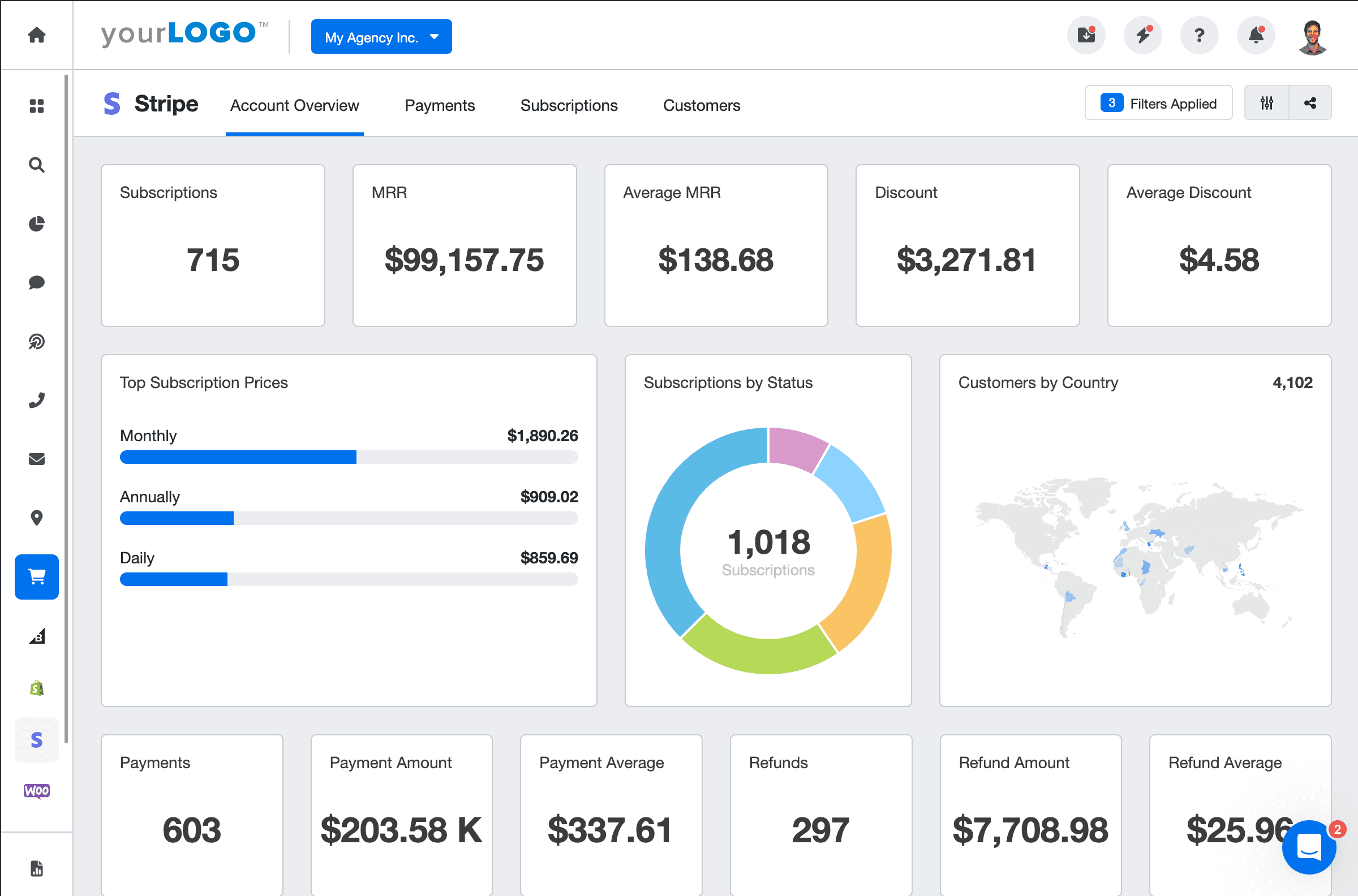
Related Integrations
How To Increase Foot Traffic
Boosting Foot Traffic is key to getting more serious customers through the door. Here are some practical tips to drive more in-person visits.
Leverage Local SEO
Use local SEO keywords to ensure search visibility for nearby customers. Use a Google Business Profile and add listings to local directories.
Create Local Partnerships
Partner with other local businesses to cross-promote. For instance, offer joint offers or participate in local events to increase the chances of customer traffic.
Run Special Promotions
Create limited-time offers, flash sales, or exclusive in-store promotions to attract retail Foot Traffic. Use social media or email campaigns to create urgency.
Related Blog Posts
See how 7,000+ marketing agencies help clients win
Free 14-day trial. No credit card required.
